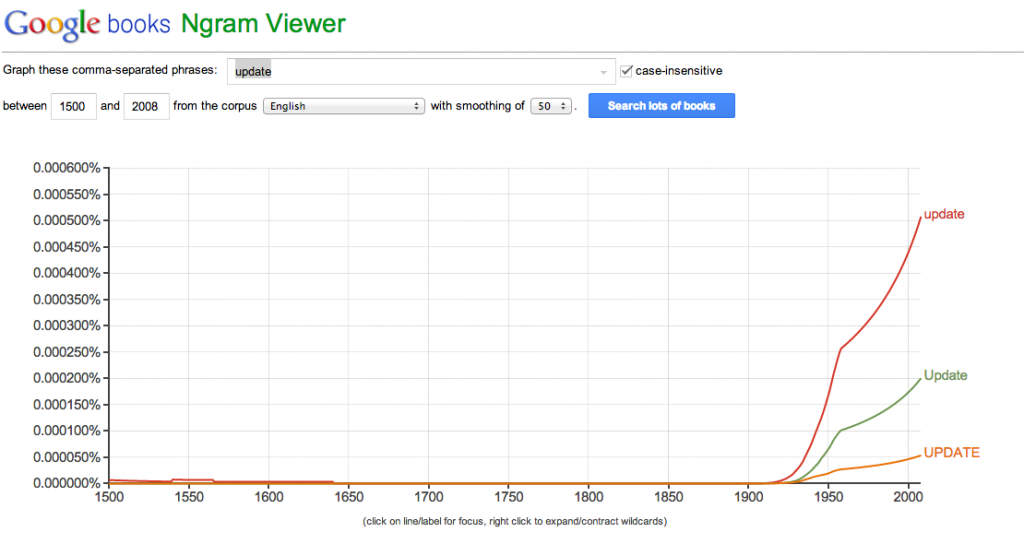The LIS-Update-Fall-2013 from LIS is now available for your reading pleasure.
This update from LIS covers work accomplished this summer and early fall, and projects out into work we will be doing in the later fall and early winter. For those not familiar with this report, it is designed both to capture the contributions that LIS has made in its efforts to support the information and technology needs of the College, and also to ensure that those who work within LIS and those who work closely with LIS are aware of current priorities and initiatives. Because of its goal to provide useful, detailed information for those of us deeply involved in this work, it is a long and somewhat technical document.
For those who may not have the interest or patience to work their way through the over twenty pages within this report, here are some highlights:
-
We’ve recently revised our strategic directions for LIS, and defined a set of overlapping issues that will help us in our efforts to evolve to meet the evolving needs of the College, and the fast-moving world of technology and information services. We are looking at how we support innovation, new models for access to resources, our approach to sourcing various core technologies, how we can support efforts to improve administrative efficiency, and ways to define quality and reliability in the face of growing demand on our resources. You can learn more about this at http://www.middlebury.edu/offices/technology/lis/about/strategic_directions_and_goals
-
We have been working closely with our colleagues at MIIS and with the new DC office to establish a new videconferencing system that significantly improves the quality and reliability of this service.
-
We’ve installed a new system called web help desk that provides our users with the ability to create and track their own tickets, makes the assignment of tickets to workgroups far more efficient, and provides easy access to solutions to common problems.
-
We migrated the last reports from our AS400 data system (the system that Banner replaced) and shut down that system forever.
-
In response to the growth in demand for ubiquitous and robust wireless services across campus, we added access points to locations on campus where there was not adequate service.
-
This fall we have been engaged in a planning effort with our colleagues from the Center for Teaching, Learning, and Research to establish new ways that we can work together to support faculty development in curricular technology, and to develop a plan for work in the digital liberal arts.
This list is just a sample of our many recently completed projects, and our current priorities. I invite you to read through the complete list. If you have any questions about any of this, feel free to contact me.
— mike
PS The graphic is from the Google Books Ngram Viewer, and shows the history of the use of the word Update over the last 500 years.
